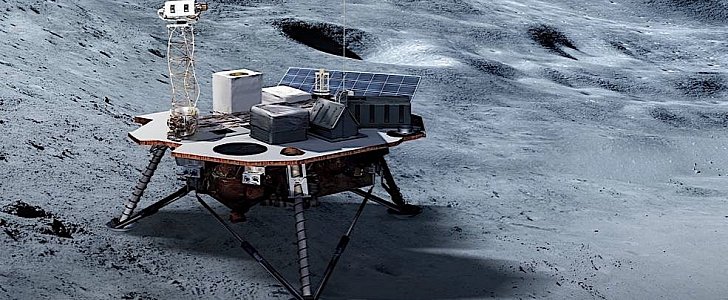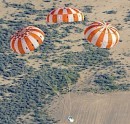In 2024, NASA is supposed to go back to the Moon and revive space exploration. But before that happens, a lot of work has to be done and experiments to be conducted to make sure this time we go back and stay there.
In the remaining years until the deadline, NASA and its commercial partners will try all sorts of technologies meant to make the future crewed trips safe and sustainable. For that to happen, some payloads need to be sent up in advance and pave the way for humans.
Others such technologies, on the other hand, just need to hitch a ride to the Moon to prove their worth.
On Monday (July 1) NASA announced the 12 science and technology payloads it approved to be part of the Artemis program. They range from moon rovers to radiation-tolerant computing technology, from x-ray imagers to sample acquisition technology.
"The selected lunar payloads represent cutting-edge innovations, and will take advantage of early flights through our commercial services project,” said in a statement Thomas Zurbuchen, associate administrator of the agency's Science Mission Directorate in Washington.
"Each demonstrates either a new science instrument or a technological innovation that supports scientific and human exploration objectives, and many have broader applications for Mars and beyond.”
You can read all about these payloads in the NASA document attached below, but we selected a couple we found extremely exciting.
The first is the MoonRanger, a small and fast rover that can travel well beyond its communication’s range with the lander and still be able to come back. Its movements on the lunar surface will generate a map of the terrain it crosses over.
The second is the Reconfigurable, Radiation Tolerant Computer System. This technology is supposed to show how computer systems can survive in an environment where there is no atmosphere and magnetic field to hold back the Sun’s radiation.
NASA did not say when or how it plans to send any of these payloads to the Moon.
Others such technologies, on the other hand, just need to hitch a ride to the Moon to prove their worth.
On Monday (July 1) NASA announced the 12 science and technology payloads it approved to be part of the Artemis program. They range from moon rovers to radiation-tolerant computing technology, from x-ray imagers to sample acquisition technology.
"The selected lunar payloads represent cutting-edge innovations, and will take advantage of early flights through our commercial services project,” said in a statement Thomas Zurbuchen, associate administrator of the agency's Science Mission Directorate in Washington.
"Each demonstrates either a new science instrument or a technological innovation that supports scientific and human exploration objectives, and many have broader applications for Mars and beyond.”
You can read all about these payloads in the NASA document attached below, but we selected a couple we found extremely exciting.
The first is the MoonRanger, a small and fast rover that can travel well beyond its communication’s range with the lander and still be able to come back. Its movements on the lunar surface will generate a map of the terrain it crosses over.
The second is the Reconfigurable, Radiation Tolerant Computer System. This technology is supposed to show how computer systems can survive in an environment where there is no atmosphere and magnetic field to hold back the Sun’s radiation.
NASA did not say when or how it plans to send any of these payloads to the Moon.




